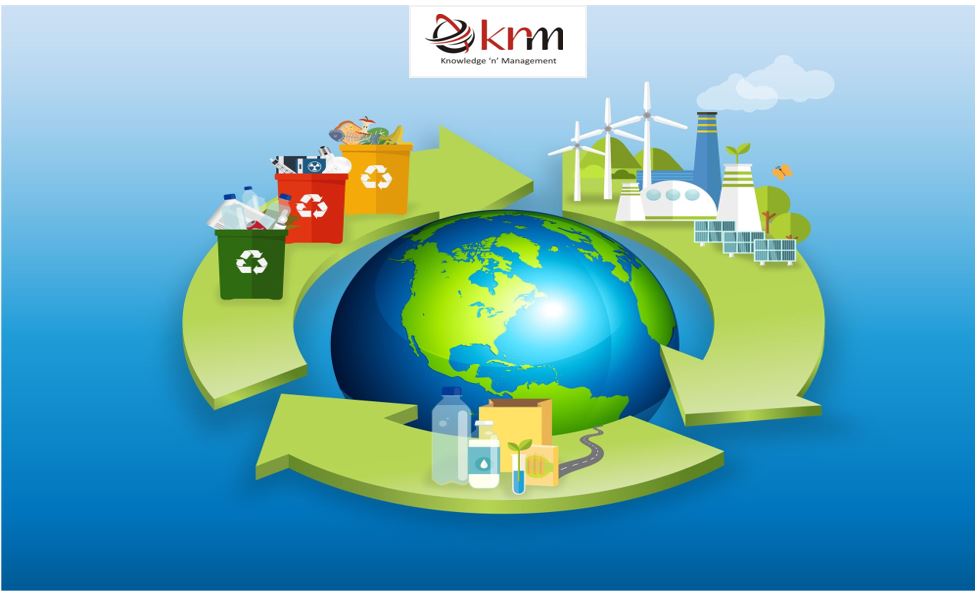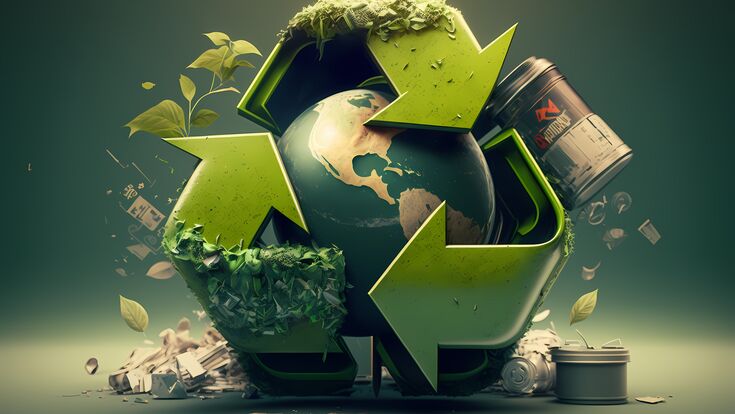Recycling Lives Services: Leading the Way in Responsible Recycling
Recycling Lives Services: Leading the Way in Responsible Recycling
Blog Article
Discovering Different Types of Waste in Modern Waste Monitoring Solution
The contemporary landscape of waste management involves browsing a complicated variety of waste kinds, each requiring specialized handling and disposal techniques to mitigate environmental impacts. Municipal solid waste, hazardous waste, digital waste, and organic waste each present distinct obstacles and opportunities for resource recuperation.
Local Strong Waste
Community strong waste, often described as family garbage or waste, includes a selection of discarded products produced by residential, commercial, and institutional sources within a municipality. This waste stream normally consists of things such as packaging, food scraps, lawn trimmings, paper, plastics, fabrics, and discarded family goods. The administration of metropolitan solid waste is a critical element of city preparation and public health and wellness, necessitating efficient collection, transport, and disposal systems.
Effective waste management systems are developed to reduce environmental impact while maximizing source recovery. This usually involves a mix of techniques consisting of recycling, landfilling, and composting. Recycling programs target materials like paper, glass, steels, and certain plastics, diverting them from landfills and reintroducing them right into the manufacturing cycle. Composting organic waste, such as food scraps and backyard trimmings, not just minimizes landfill usage however likewise produces useful dirt amendments.
Towns must likewise address the economic and logistical obstacles related to waste management. Executing pay-as-you-throw systems, improving public recognition, and investing in technology can dramatically improve waste diversion prices. By incorporating these methods, municipalities can cultivate lasting neighborhoods, decrease greenhouse gas discharges, and save natural resources.
Hazardous Waste

Reliable hazardous waste administration includes several critical steps: recognition, treatment, segregation, and disposal. Identification involves the category of waste based on its harmful properties. Segregation makes certain that hazardous products are stored separately from non-hazardous waste to stop cross-contamination. Therapy methods, such as chemical neutralization, incineration, and stabilization, are used to lower the poisoning, volume, or mobility of the waste. Disposal alternatives, consisting of secure land fills and below ground storage space, are chosen to guarantee long-lasting containment.
Regulatory frameworks, such as the Resource Preservation and Recovery Act (RCRA) in the United States, provide standards and standards for hazardous waste management. Adherence to these regulations, paired with advancements in waste treatment innovations, is vital in reducing the dangers connected with unsafe waste.
Digital Waste
Electronic waste, generally referred to as e-waste, stands for a quickly expanding obstacle in waste management systems around the world. This type of waste encompasses disposed of digital devices and equipment such as smartphones, computer systems, televisions, and various other electronic appliances. The fast speed of technological improvement, paired with decreasing item lifespans and consumer demand for the most current tools, has greatly raised the volume of e-waste generated yearly.
E-waste is particularly problematic as a result of its complicated structure, often consisting of hazardous substances like lead, cadmium, and mercury, which present significant environmental and health dangers if not correctly handled. Alternatively, e-waste additionally contains useful materials such as gold, copper, and silver, which can be recuperated and recycled. The twin nature of e-waste-- both important and dangerous-- necessitates specialized handling, recycling, and disposal procedures.
Efficient e-waste administration entails rigorous governing structures, robust collection systems, and advanced reusing technologies. Public recognition and involvement are important, as improper disposal techniques, such as illegal discarding and casual recycling, aggravate environmental contamination and carcinogen. Consequently, enhancing e-waste management methods is essential for mitigating eco-friendly influence and recouping useful resources in a significantly digital world.

Organic Waste
Organic waste, comprising kitchen area scraps, backyard trimmings, and agricultural residues, represents a find more info significant section of the global waste stream. This kind of waste is biodegradable, meaning it can be broken down by bacteria right into less complex organic compounds. Despite its capacity for all-natural decay, incorrect administration of natural waste can lead to unfavorable environmental influences, including the emission of greenhouse gases such as methane, which add to climate adjustment.
Effective monitoring of natural waste is crucial for minimizing these ecological influences (recycling lives services). Composting is a widely adopted approach, transforming natural waste right into nutrient-rich compost that can improve soil wellness and agricultural efficiency. Furthermore, anaerobic digestion is an emerging innovation that converts organic waste into biogas, a renewable resource source, and digestate, which can be used as fertilizer
Municipalities and waste management entities need to execute robust organic waste collection and treatment programs to make best use of the benefits of these procedures. Public education and learning projects can likewise play a pivotal role read this article in motivating houses and companies to separate organic waste from other kinds of waste. By focusing on the administration of natural waste, societies can reduce garbage dump use, lower greenhouse gas emissions, and produce beneficial results for farming use.

Cutting-edge Waste Management
In the world of waste monitoring, innovative methodologies are transforming exactly how societies manage their refuse, aiming for sustainability and efficiency. These advancements encompass a range of modern technologies and methods that improve recycling prices, decrease garbage dump dependence, and lower ecological effect. One famous advancement is the application of wise waste containers furnished with sensors that keep an eye on fill degrees and optimize collection routes. This not only minimizes fuel consumption however additionally lessens greenhouse gas discharges.
Another notable development is the adoption of waste-to-energy (WtE) modern technologies. By converting non-recyclable waste into useful energy through procedures such as incineration and anaerobic digestion, WtE minimizes land fill concern and supplies a sustainable energy resource. In addition, improvements in chemical reusing allow for the break down of complicated plastics into their initial monomers, enabling the creation of new, top quality plastic items.
Additionally, the circular economic situation click site model is obtaining traction, emphasizing the layout of products and systems that prioritize reusability and resource efficiency. This holistic technique motivates sectors to lessen waste generation from the start. With these ingenious techniques, contemporary waste administration systems are not only resolving the prompt obstacles of garbage disposal but likewise leading the method for an extra sustainable future.
Conclusion
A comprehensive understanding of community strong waste, unsafe waste, electronic waste, and natural waste, combined with the execution of cutting-edge waste monitoring solutions, is imperative for minimizing ecological influences. Integrating innovations such as smart waste bins and waste-to-energy systems can boost effectiveness and sustainability. Efficient waste management approaches not only foster source recuperation however also promote public recognition and engagement, eventually adding to the growth of a round economic climate.
The modern landscape of waste management includes navigating a complicated range of waste types, each calling for specialized handling and disposal methods to reduce ecological influences. Community strong waste, dangerous waste, digital waste, and natural waste each present distinctive obstacles and possibilities for resource healing.Electronic waste, typically referred to as e-waste, represents a quickly expanding obstacle in waste monitoring systems internationally. Via these innovative methods, modern-day waste management systems are not only addressing the instant obstacles of waste disposal yet likewise leading the means for a more lasting future.
A thorough understanding of municipal solid waste, harmful waste, digital waste, and organic waste, coupled with the implementation of ingenious waste monitoring options, is necessary for reducing ecological impacts. (recycling lives services)
Report this page